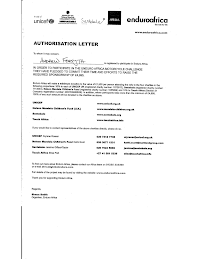Ok. This is not so relevant to Enduro Africa (more so to Enduro America), but indulge me:
A fascinating study was published recently by Danaei and colleagues that used comparative risk analysis to estimate the number of preventable causes of premature deaths in the U.S. in 2005 from 12 modifiable dietary, lifestyle and metabolic risk factors, including blood glucose, blood pressure, physical inactivity, alcohol use, and smoking, among others.
The study found that of 2.5 million deaths, 500,000 were attributable to tobacco smoking with an additional 400,000 to high blood pressure. Together, these accounted for 20% of preventable deaths in 2005. Overweight and physical inactivity accounted for an additional 10% of these deaths.
Here are estimated deaths from all causes (thousands) attributable to the following risk factors (95% CIs):

Click to enlarge
Note the slight differences in rankings within and between the sexes.
Danaei et al. suggest that targeting just the top risk factors with effective public health policies and programming can have a huge impact on averting preventable deaths in the U.S., far more than the 18,000 that might be averted by “providing universal health insurance.” However, without better data, it is difficult to evaluate the veracity of this claim, given that universal coverage may positively affect access to, and utilization of, interventions that could rein in these risk factors. Similar dynamics emerge all of the time for associations like socioeconomic status and diet.
The authors conclude:
The risk factors in this analysis can be influenced through both individual-level and population-wide interventions. In particular, effective interventions are available for tobacco smoking and high blood pressure, the leading two causes of mortality in the US. Combinations of food industry regulation, pricing, and better information can also be effective in reducing exposure to dietary salt and trans fatty acids, especially in packaged foods and prepared meals.
Despite the availability of interventions, blood pressure and tobacco smoking decline in the US have stagnated or even reversed, and there has been a steady increase in overweight–obesity.
The key here is that each of these leading causes of premature mortality is preventable. Better yet, evidence-based interventions are available for them. The next step is to use other areas of health promotion and decision-making science to nudge those at-risk to take advantage of these life-saving resources.
Source: Danaei G, Ding EL, Mozaffarian D, Taylor B, Rehm J, et al. (2009) The Preventable Causes of Death in the United States: Comparative Risk Assessment of Dietary, Lifestyle, and Metabolic Risk Factors. PLoS Med 6(4): e1000058.





